Hi all,
I wanted to get some clarification regarding longer exposure times (exposure greater than about 1 second).
I have written some software to sweep through a sequence of exposure times and combine the images into one High Dynamic Range image. For that purpose I would prefer to keep any processing done on the images to a minimum, and in general handle the image processing with my own software.
I just noticed today that images with an exposure time greater than about 1 second seem to have a reduced read noise. This makes me think that libASICamera2 and/or the camera are doing something similar to image stacking to achieve exposure times greater than 1 second. If this is true, I would prefer to restrict my software to shorter exposure times and handle image stacking in my own software.
To be clear about what I am talking about, consider these 4 screenshots of exposures from 65ms to 524ms:
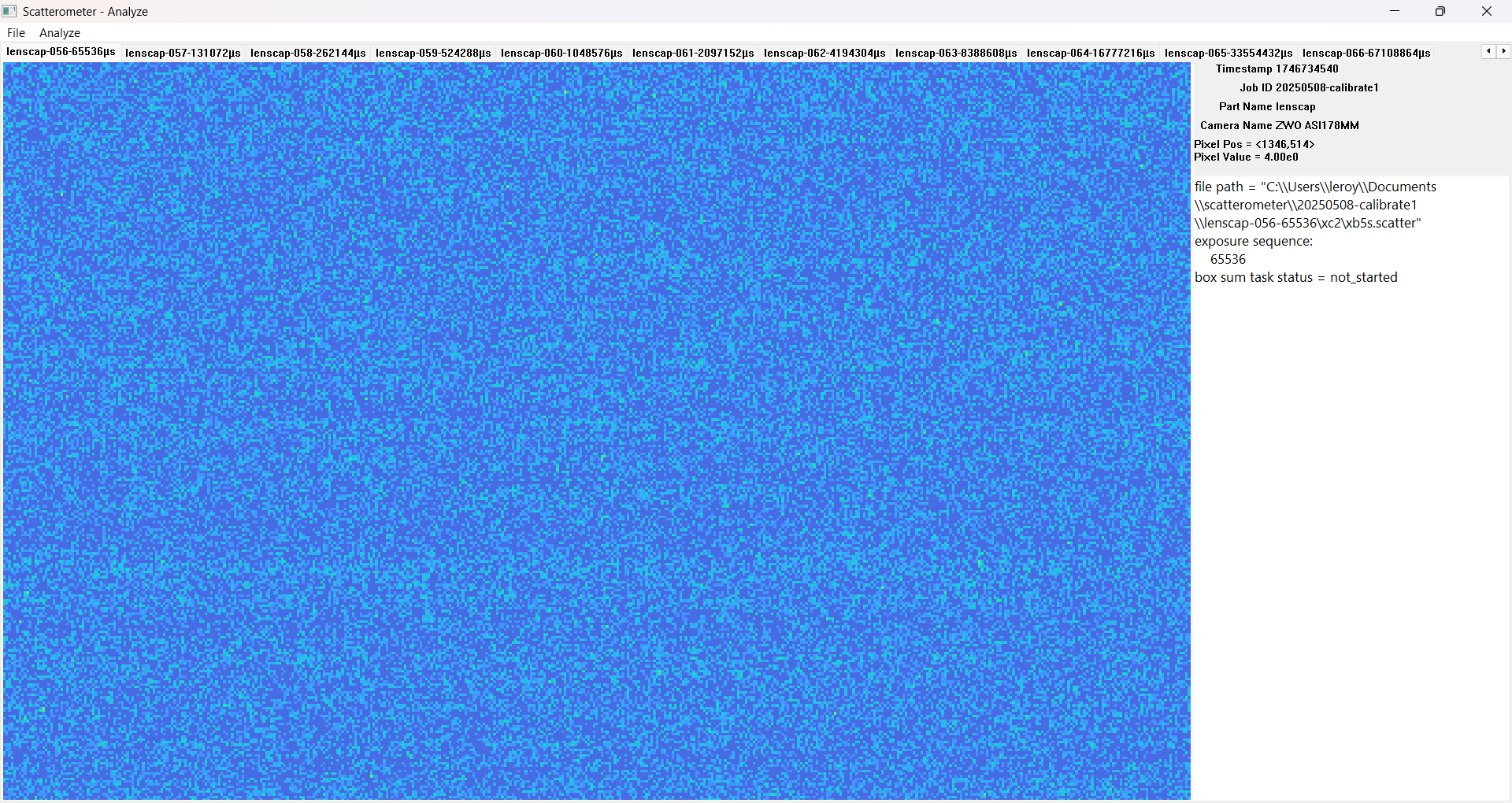
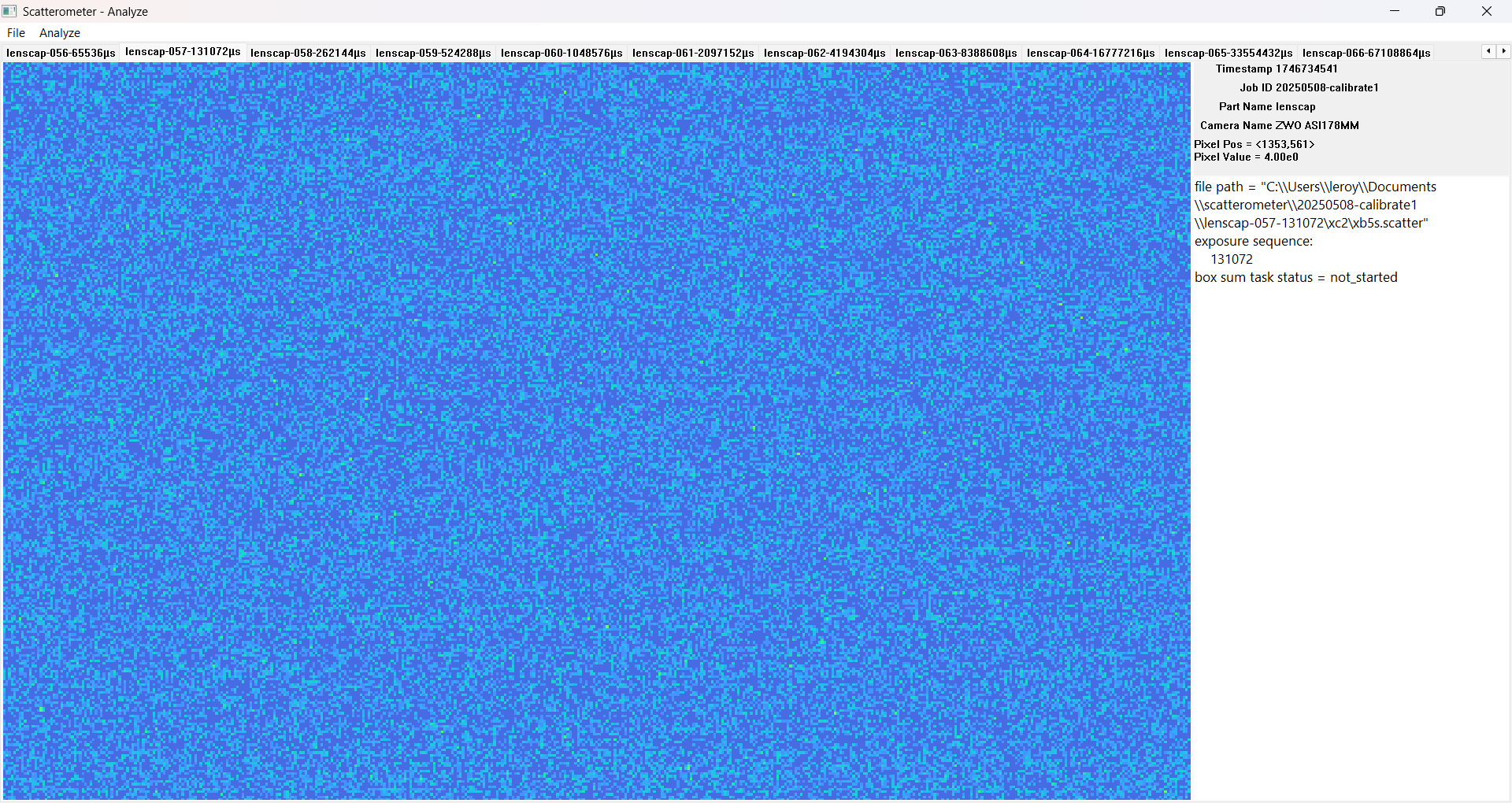
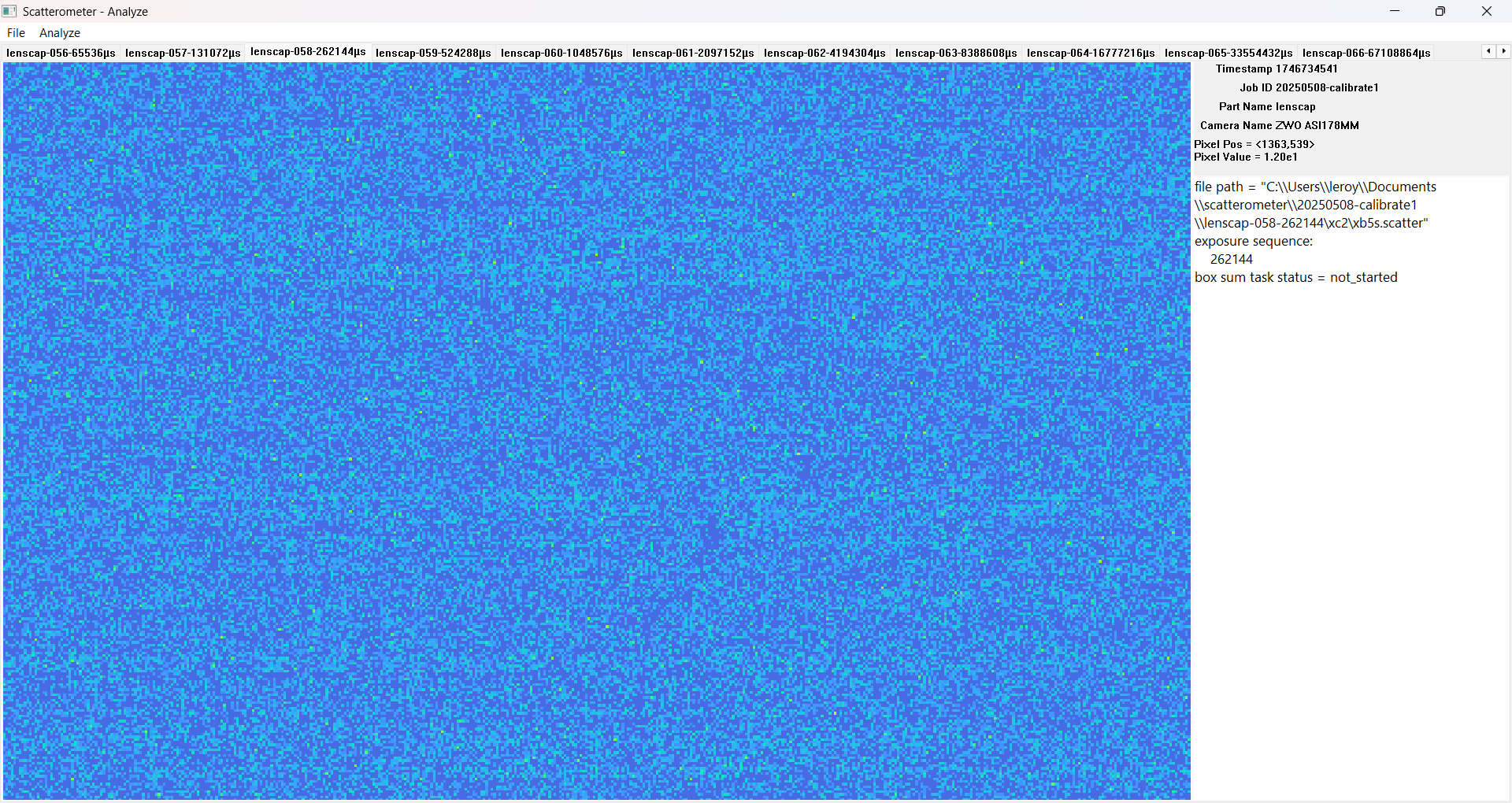
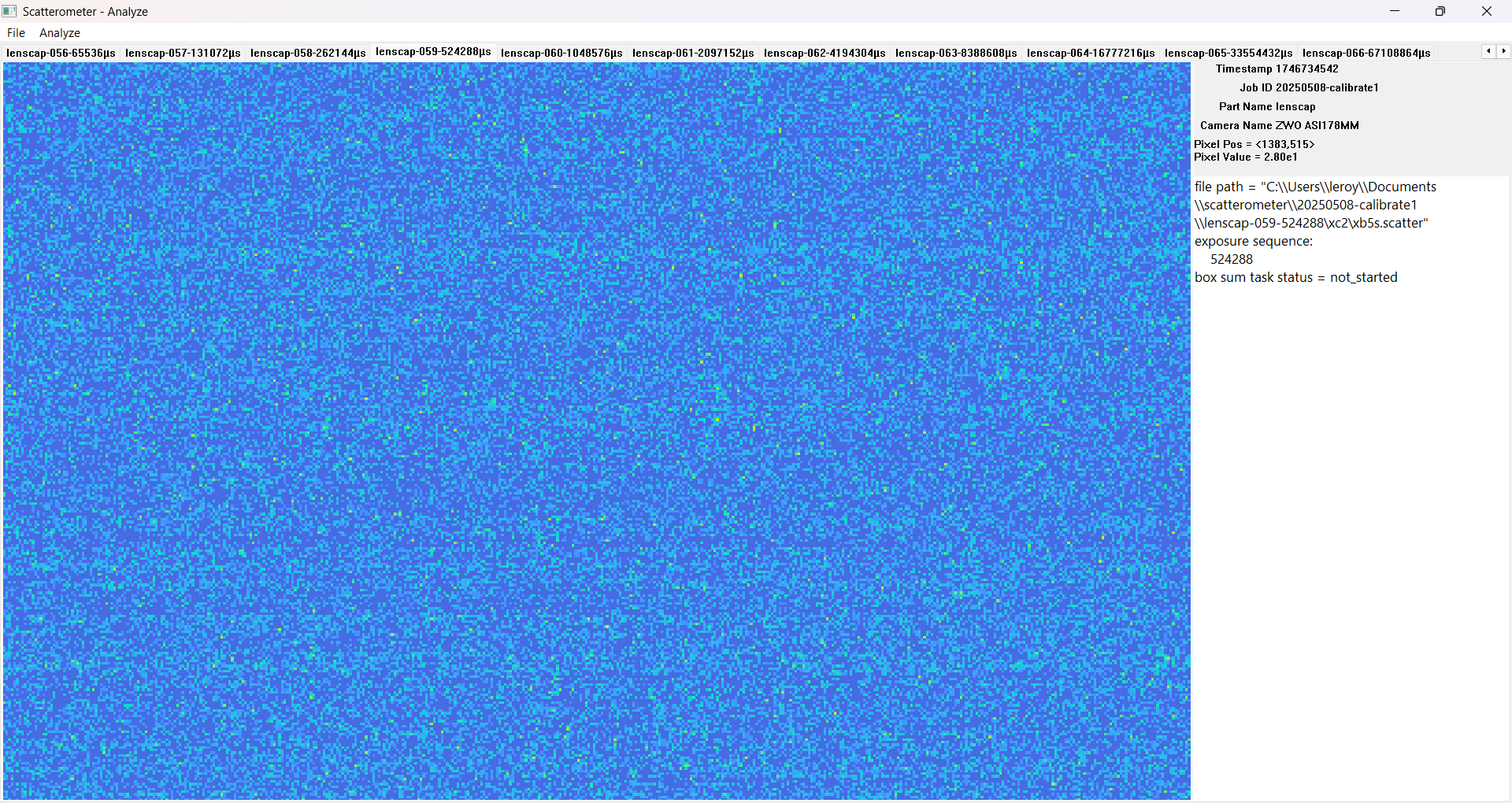
A light blue haze can been throughout these images. This haze is consistently in images from 32µs up to about 1 second.
Compare with these screenshots of exposures from 1.048s to 67s:
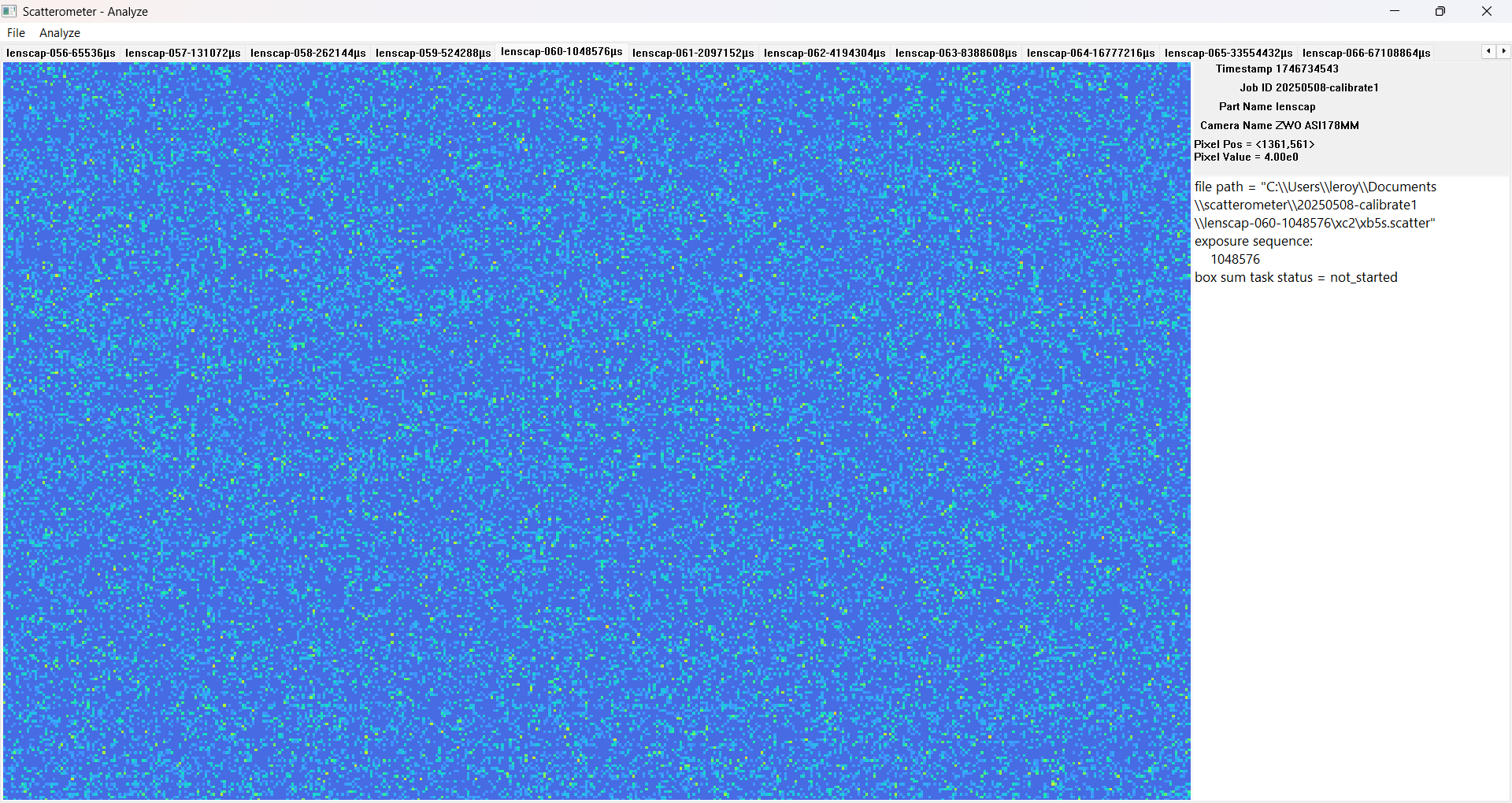
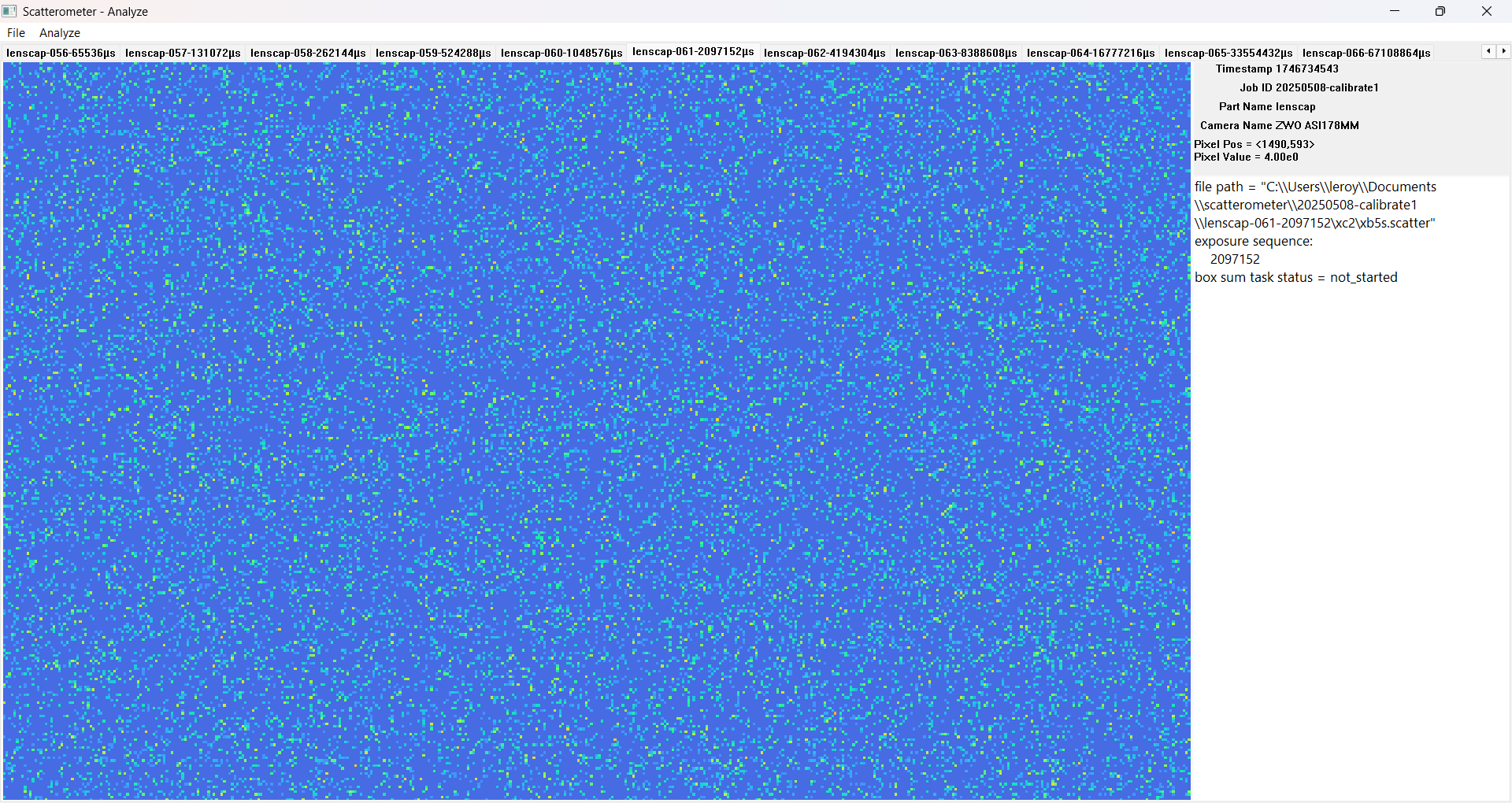
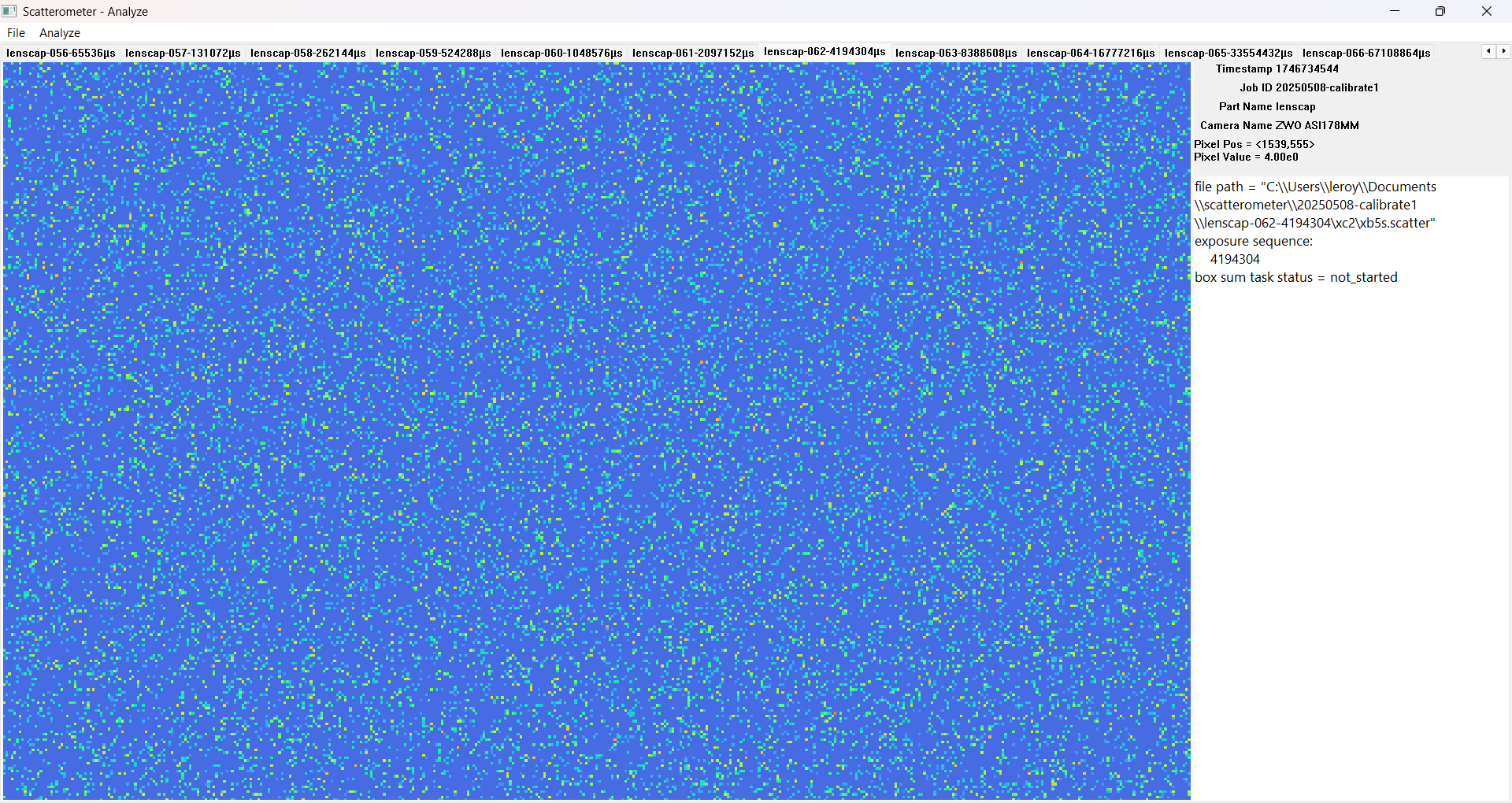
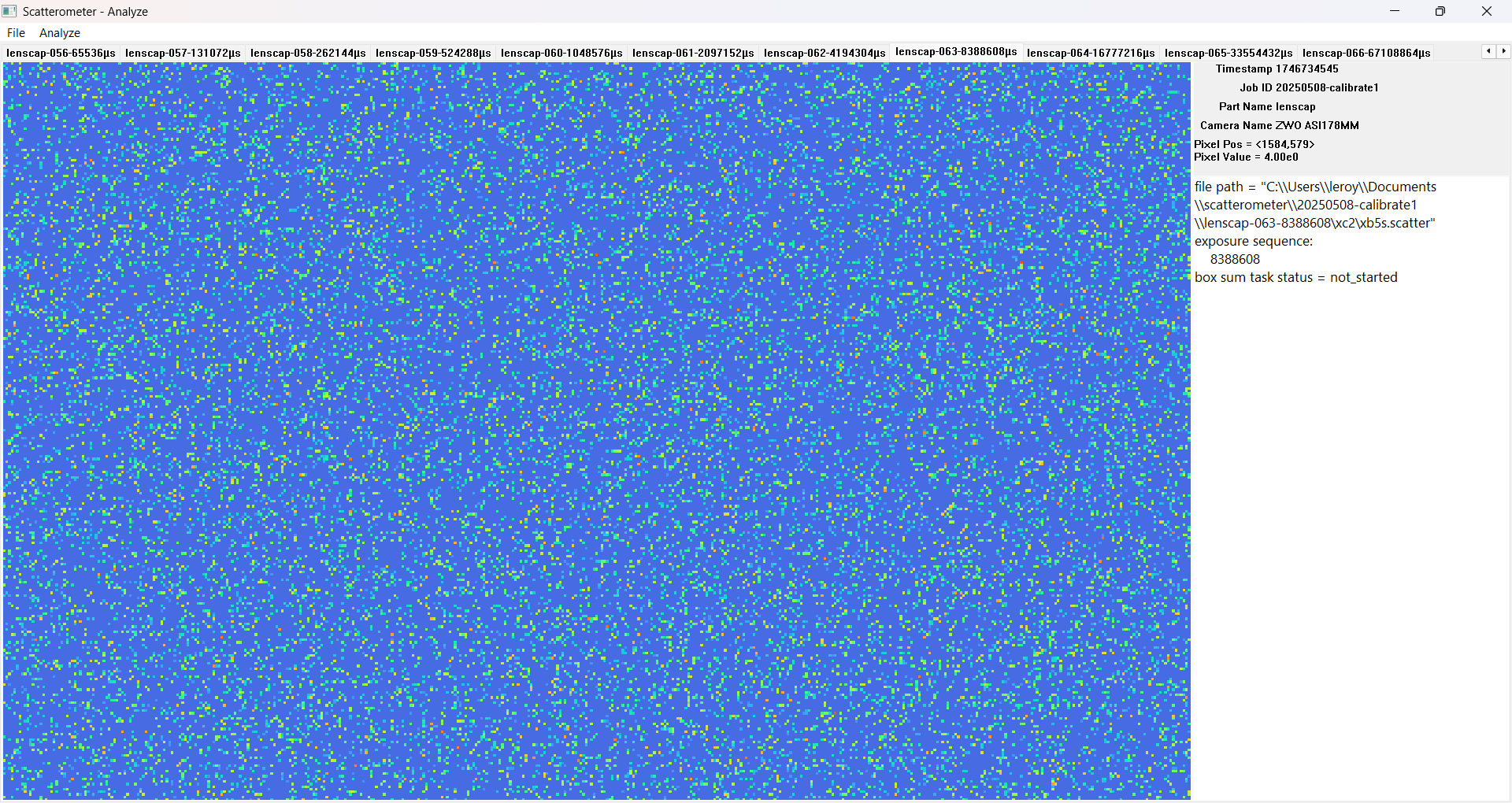
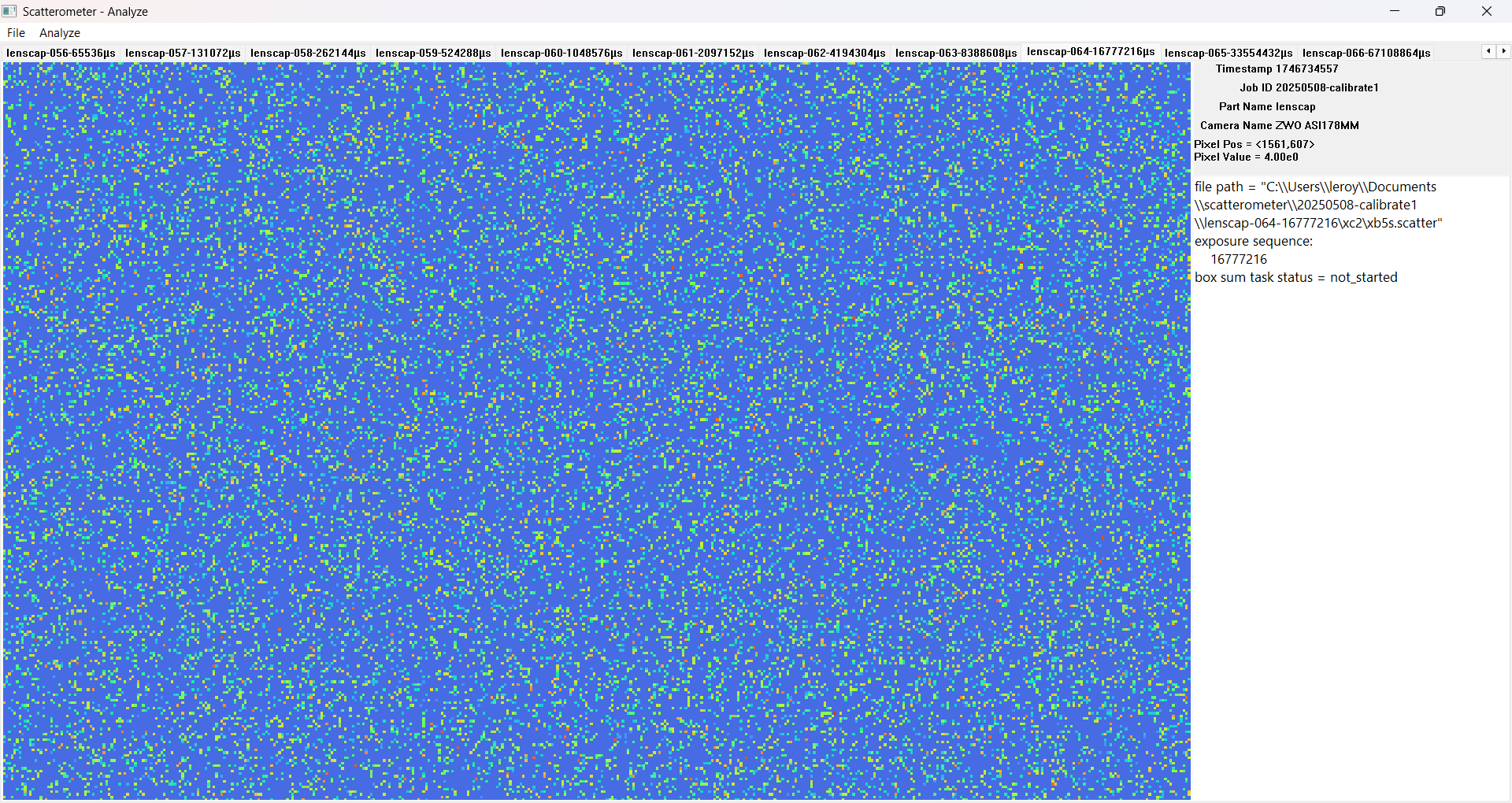
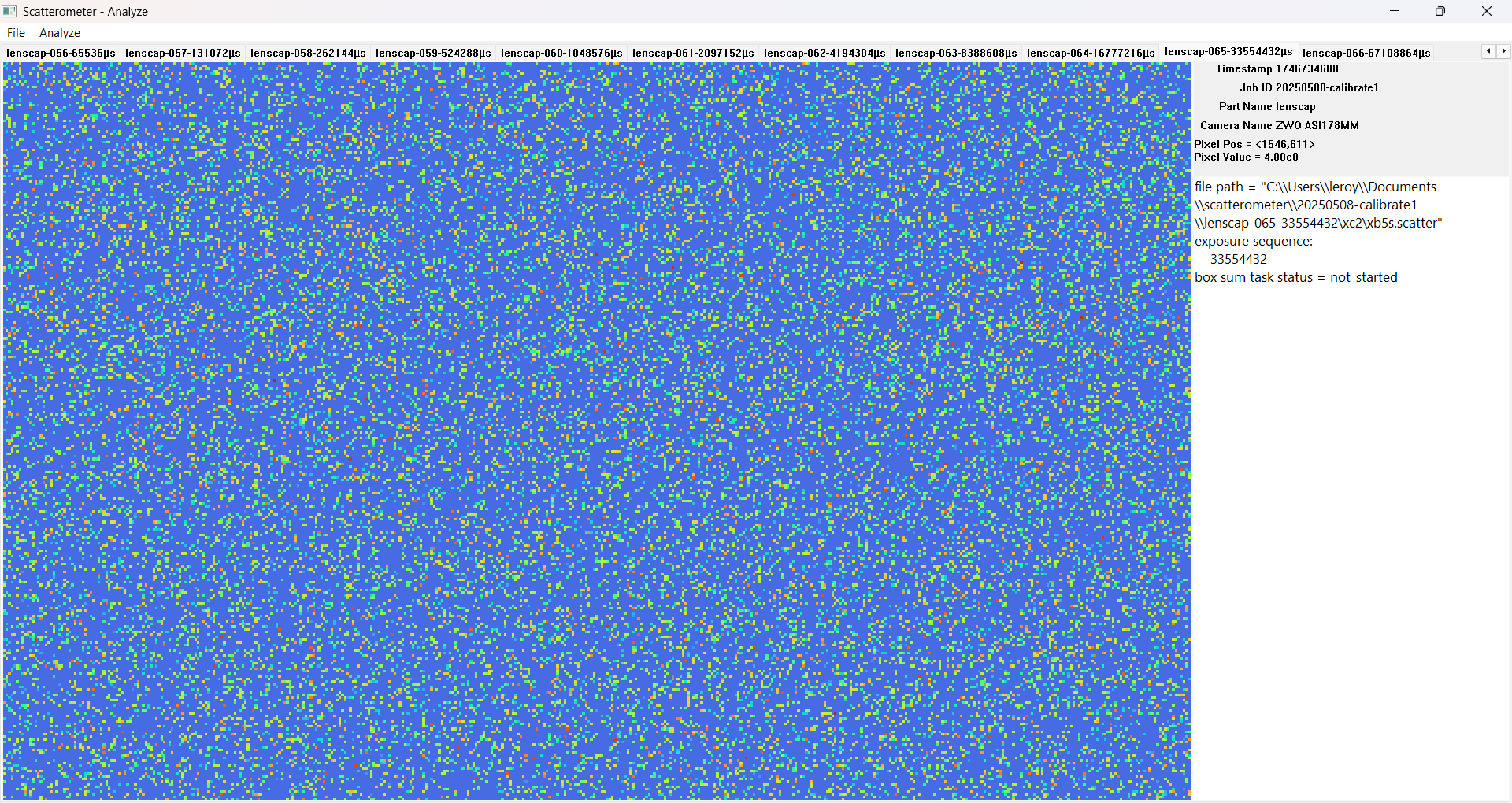
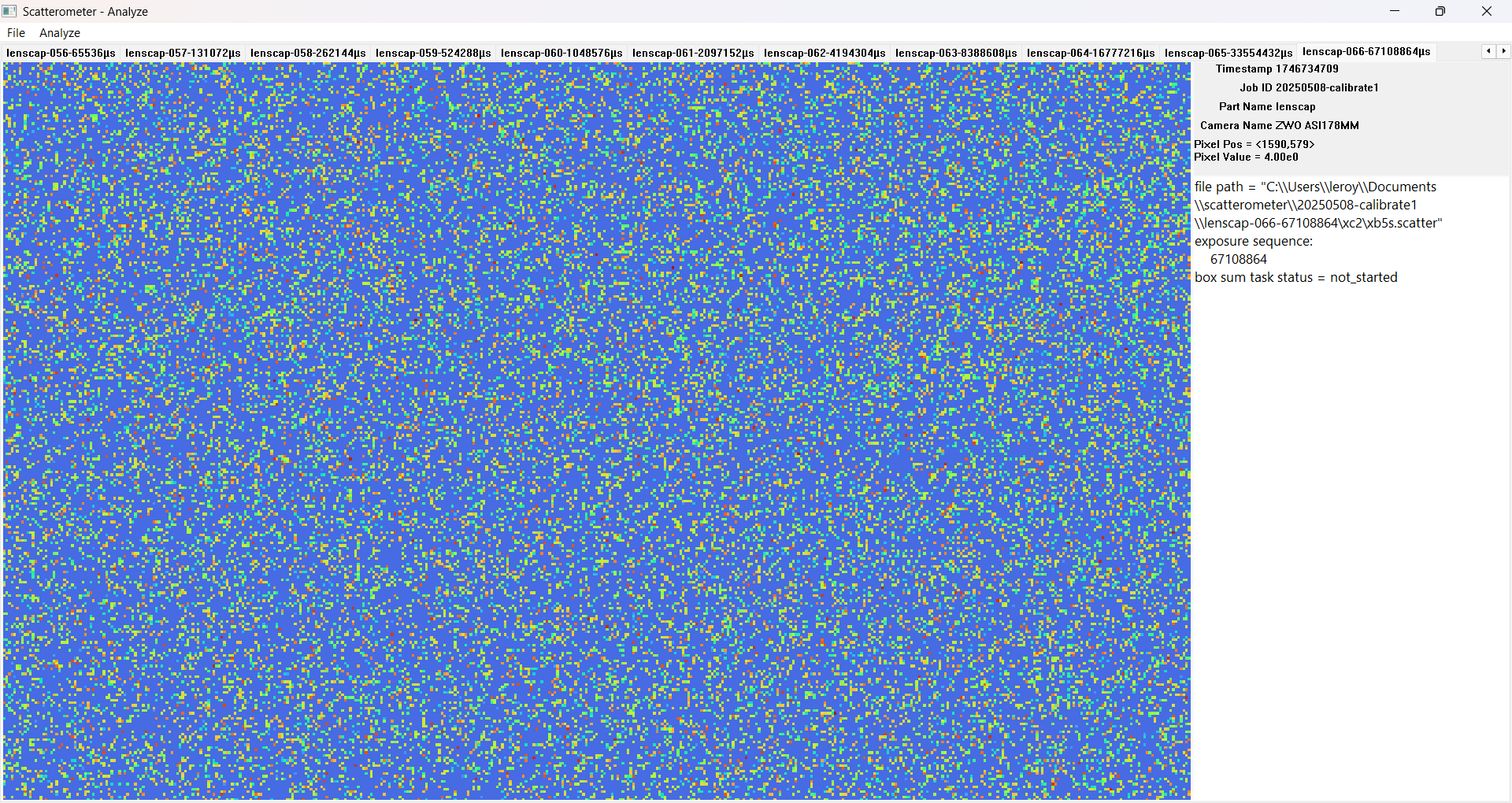
The haze is present but reduced in the 1.048s exposure, but by the last exposure at 67s the haze has all but disappeared.
Also, in the logs I can see the following lines mentioning a "long exp mode":
2025-05-08 14:03:01,370: INFO ASICamera : [CCameraS178MM::SetExp]: -----Enter long exp mode
2025-05-08 14:03:01,420: INFO ASICamera : [WorkingFunc]: Begin long exp 1048
2025-05-08 14:03:01,420: INFO ASICamera : [WorkingFunc]: wait:1000
2025-05-08 14:03:02,713: INFO ASICamera : [WorkingFunc]: Long exp:Get one Frame 1048
2025-05-08 14:03:02,713: INFO ASICamera : [WorkingFunc]: Begin long exp 1048
2025-05-08 14:03:02,717: INFO ASICamera : [WorkingFunc]: wait:1000
Anyway, basically what I'm asking is the following:
- Does
libASICamera2 do image stacking or some other kind of image processing?
- If so, how can I avoid triggering this image processing? (Right now I'm assuming I'll need to keep the exposure times under 1 second.)